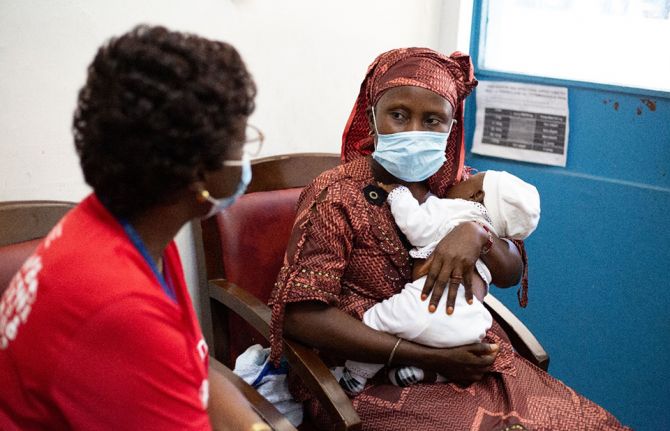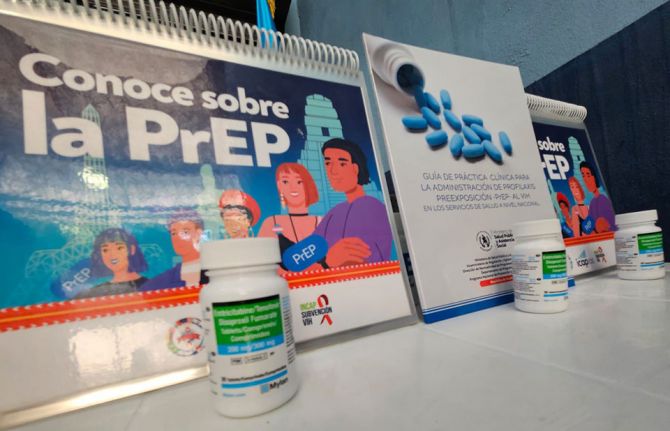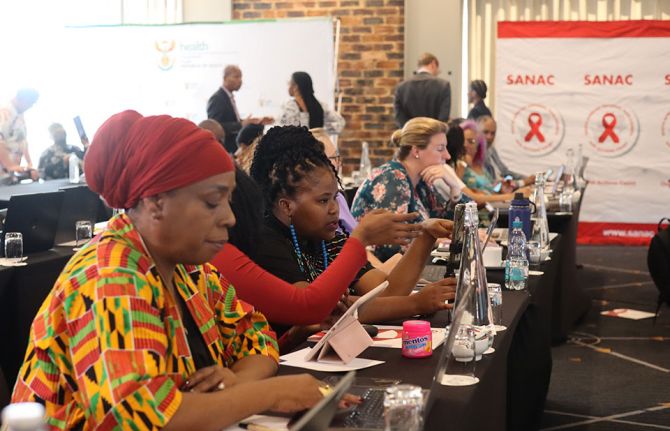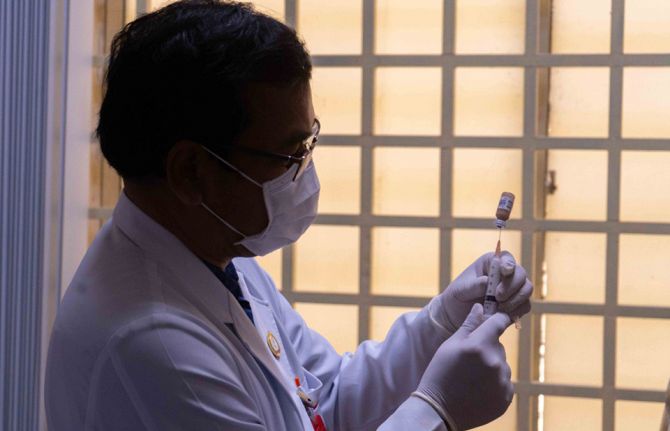

Update
One hundred and fifty thousand preventable new HIV infections among children in 2020
31 January 2022
31 January 2022 31 January 2022Most of the 150 000 new HIV infections among children in 2020 could have been prevented. A strong start would be to better engage women and girls at significant risk of acquiring HIV infection in integrated antenatal care and HIV services, including HIV prevention and testing, delivered at the local level, and to ensure that those who are HIV-positive receive treatment before pregnancy. Nearly 65 000 child infections occurred in 2020 because women already living with HIV were not diagnosed during pregnancy and did not start treatment.
More than 35 000 additional child infections occurred because women acquired HIV during pregnancy or breastfeeding, which led to a spike in their viral load and a high risk of vertical transmission. Women at substantial risk of HIV infection require tailored combination HIV prevention, including pre-exposure prophylaxis, more comprehensive counselling, repeat HIV testing and the provision of self-testing kits for partners.
More than 38 000 additional child infections occurred when mothers who started antiretroviral therapy did not continue treatment during pregnancy and breastfeeding, and nearly 14 000 occurred among women who were on treatment but not virally suppressed. Improving the quality of treatment and care—including the use of optimized treatment regimens and peer-assisted retention efforts (such as mentor mothers)—can help close these gaps.



